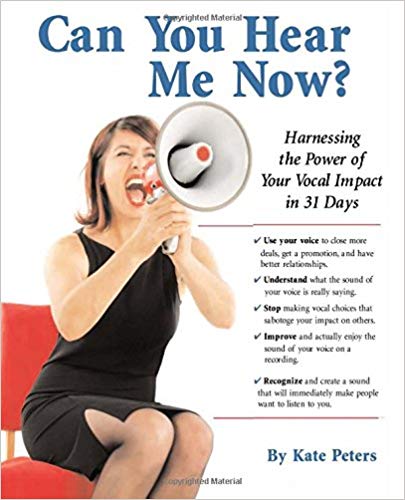This is why your Communication doesn’t have Impact
The spoken run-on sentence is also full of run-on ideas and thoughts that confuse our communication and lessen impact because we stop being able to concentrate when there is no conclusion and too much data in what we hear as one long string of sound after awhile so we stop listening. Get it? Well, that is my reason for training people to use cadence effectively. Cadence provides interest as well as definition. It makes it easier for others to understand us. In addition, cadence communicates a vocal image even when you aren’t aware of it!
What is cadence?
Cadence is the way a sentence ends. It is also the inflection of your speech. There are two basic kinds of vocal cadence: open and closed. An open cadence goes up in pitch at the end of a sentence, sounding much like a question. Using this kind of cadence invites others to join the conversation, to interject remarks. It sounds friendly. It can also sound flaky and inconclusive. The other kind of cadence, closed, goes down in pitch at the end of a sentence or idea. It sounds definitive and conclusive and tells others that you are sure of yourself. It can also sound harsh and closed to others’ ideas. To use the two forms of cadence effectively, you must mix them up, sounding open when you are friendly and inviting others to join in, and using closed cadence to finish your thoughts or state an opinion.
Take a look!
In this video, Taylor Mali has another view on this. He says that cadence shows conviction – whether you have it or not. Well, he doesn’t really say that, but this video is a great example of the effect of the overuse of open cadence, also called “upspeak,” combined with the overuse of filler words, like, kind of, well, you know?
Related posts:
- Three Ways to Keep the Clock from Ruining Your Vocal Impact
- Investing in Your Vocal Image: A Tale of Two Strategies
- Upspeak, in Psychology Today
Connect with us on LinkedIn
Connect with the author on LinkedIn





